Potosí – Sucre – Uyuni
During the last week, I had Potosí as a base for activities. From Potosí I did excursions – to Sucre and Uyuni – and I also visited some tourist attractions in Potosí.
I arrived to Potosí on Sunday, 3 March, and on Monday morning I visited one of the “co-operative” mines, where they mine silver ore. I don't really understand the co-operative bit very well, and our guide didn't explain it very much either. It sounds a bit strange to me that the miners have to buy their own tools (including their own dynamite), but the miners work in small groups. The working conditions are extremely bad – little air or light, a very basic mining infrastructure, and questionable health and safety conditions. There are quite some accidents, a lot of them because of gases such as carbon-monoxide.
During the visit, we first went to the miners' market, where the miners buy their tools, their dynamite, and also alcohol of 95% to drink (in small portions). After that, we went to another market to buy some coca leaves for the miners. And finally we entered the mine.
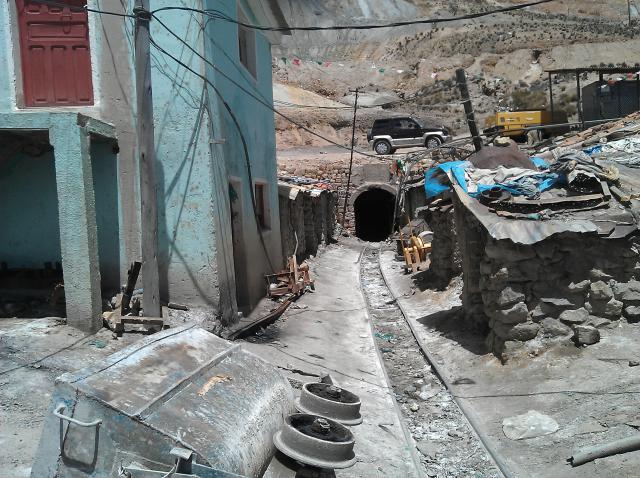
I had to leave after a while, because of claustrophobia – but I can't imagine how people can work in these places day-in and day-out. Up to today about 15,000 miners work in the mines of Potosí, to mine silver, leadand other minerals, which are refined in refineries with an almost antique technology, to be sold on the world market. In the past it was the Spanish who benefited from this system – with 8 million people dead during three centuries. Today it's the multinational companies who buy the minerals extracted in the unimaginable conditions.
The following day I went to the 'Casa de la Moneda' (the 'House of Money'), where they produced silver and gold coins, also over centuries, first for the Spanish empire, and later for the Bolivian State. In the Casa de la Moneda there are some paintings, but mainly more or less old machines for the production of coins. Unfortunately, the tour wasn't that good, and a lot of missing, such as the global and economical context, but well...
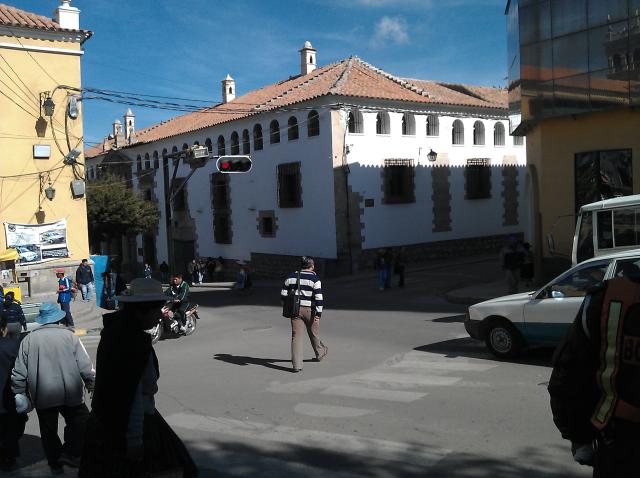
On Wednesday, 6 March, I went to Sucre, the official capital of Bolivia, but not the factual one (in practice, the seat of government is La Paz, but the Constitutional Court is in Sucre). The road from Potosi to Sucre was impressive – a lot of ups and downs, but more down, because Sucre is at an altitude of only 2800m.
The centre of Sucre is beautiful – a lot of buildings from the colonial era. I passed my time in Sucre walking through the streets, and taking a coffee or juice here and there.
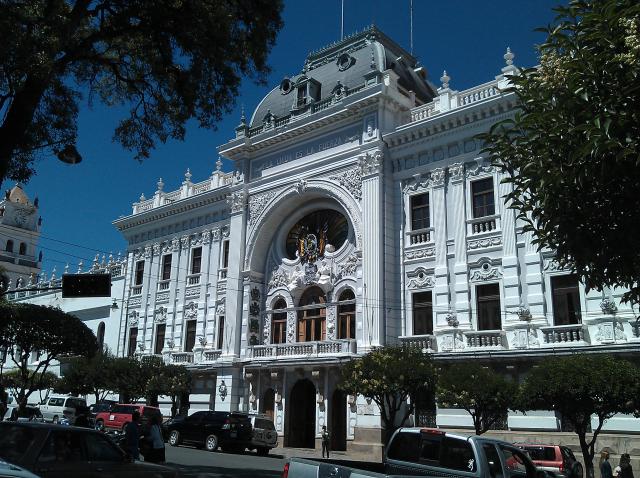
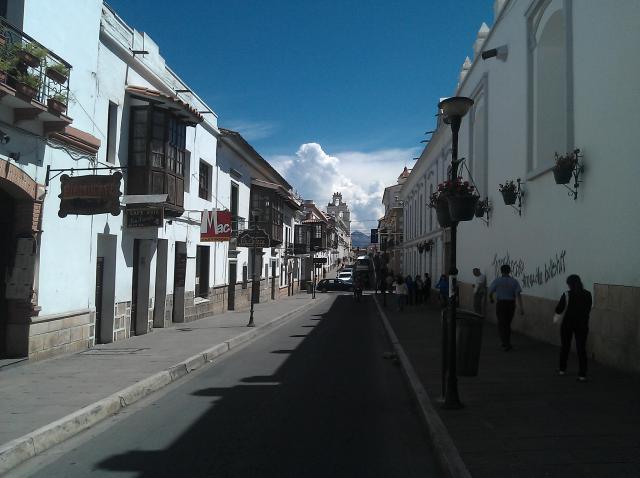
I returned to Potosí late with the idea to leave on the next day. But I talked to a few people – including my taxi driver – and decided finally to go to Uyuni, to visit the salt lake of Uyuni. And so on Thursday around mid-day I took the bus to Uyuni. It was another beautiful journey, with more impressive views.
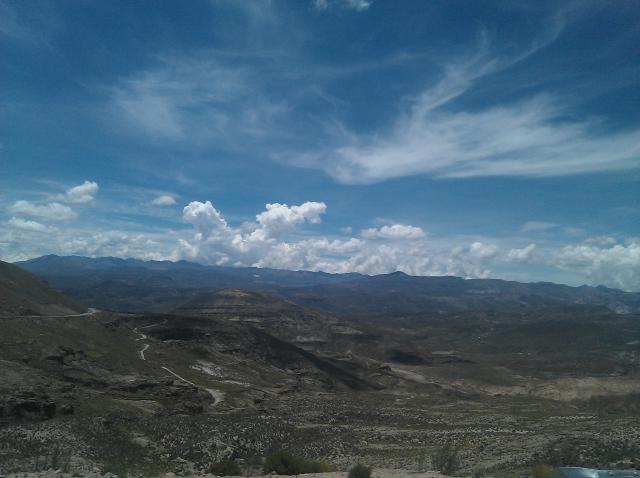
On Friday, I did the tour of the salt lake, and it is difficult to describe the views and impressions. It was also not really possible to capture them on camera. Nevertheless, it is better to let the images speak, then me trying to describe something. Just to explain: the white is not snow – it is salt.
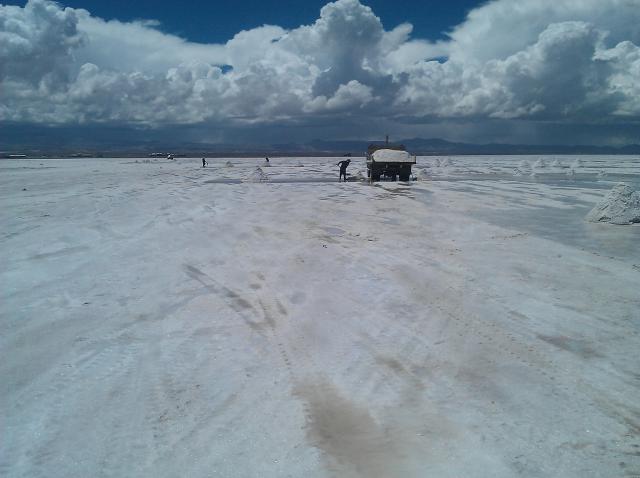
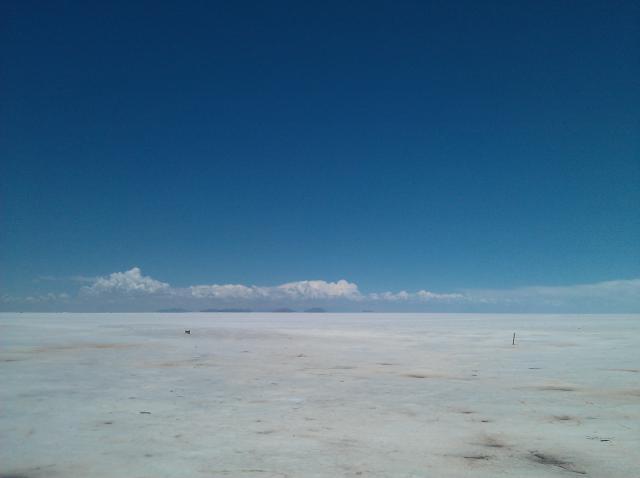
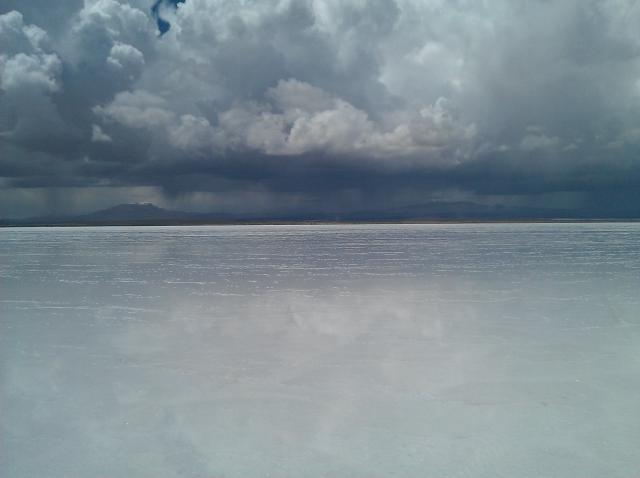
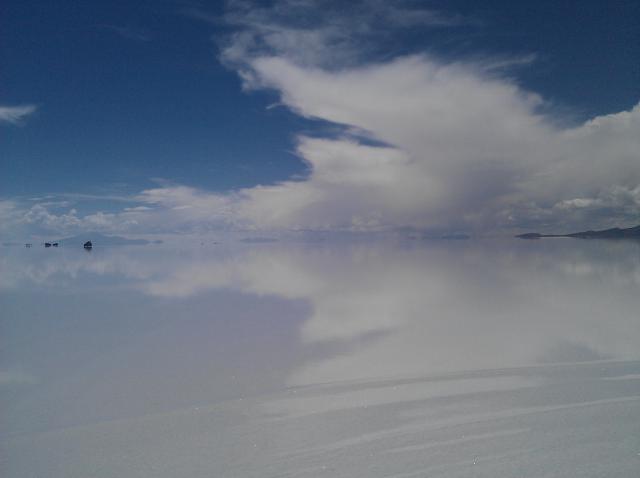
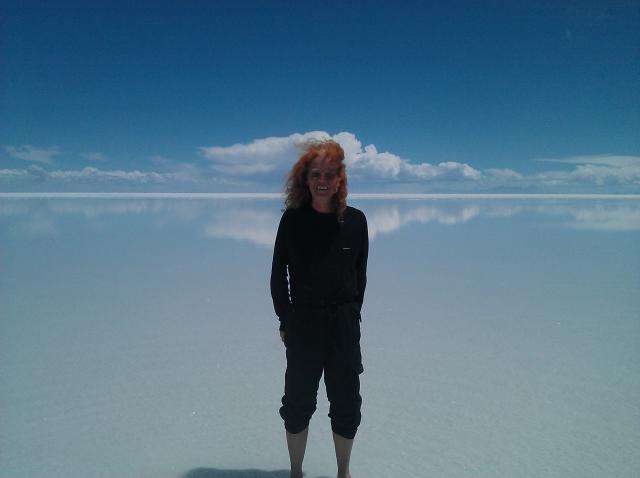
At the end of the tour we went to the cemetery of trains near Uyuni, where a lot of locomotives from 1880-1886 are rusting away, but which were used in the past to transport minerals from Pulacayo to Calama in Chile. A pity that there are not more trains in Bolivia (and Latin America) today...
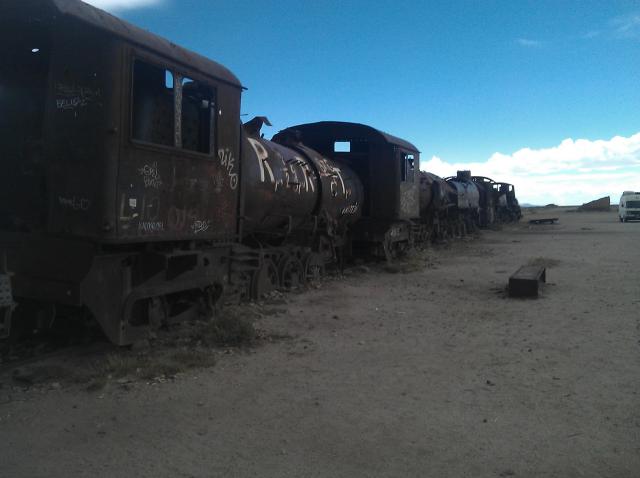
- Alana Queer's blog
- Log in to post comments
 Español
Español
